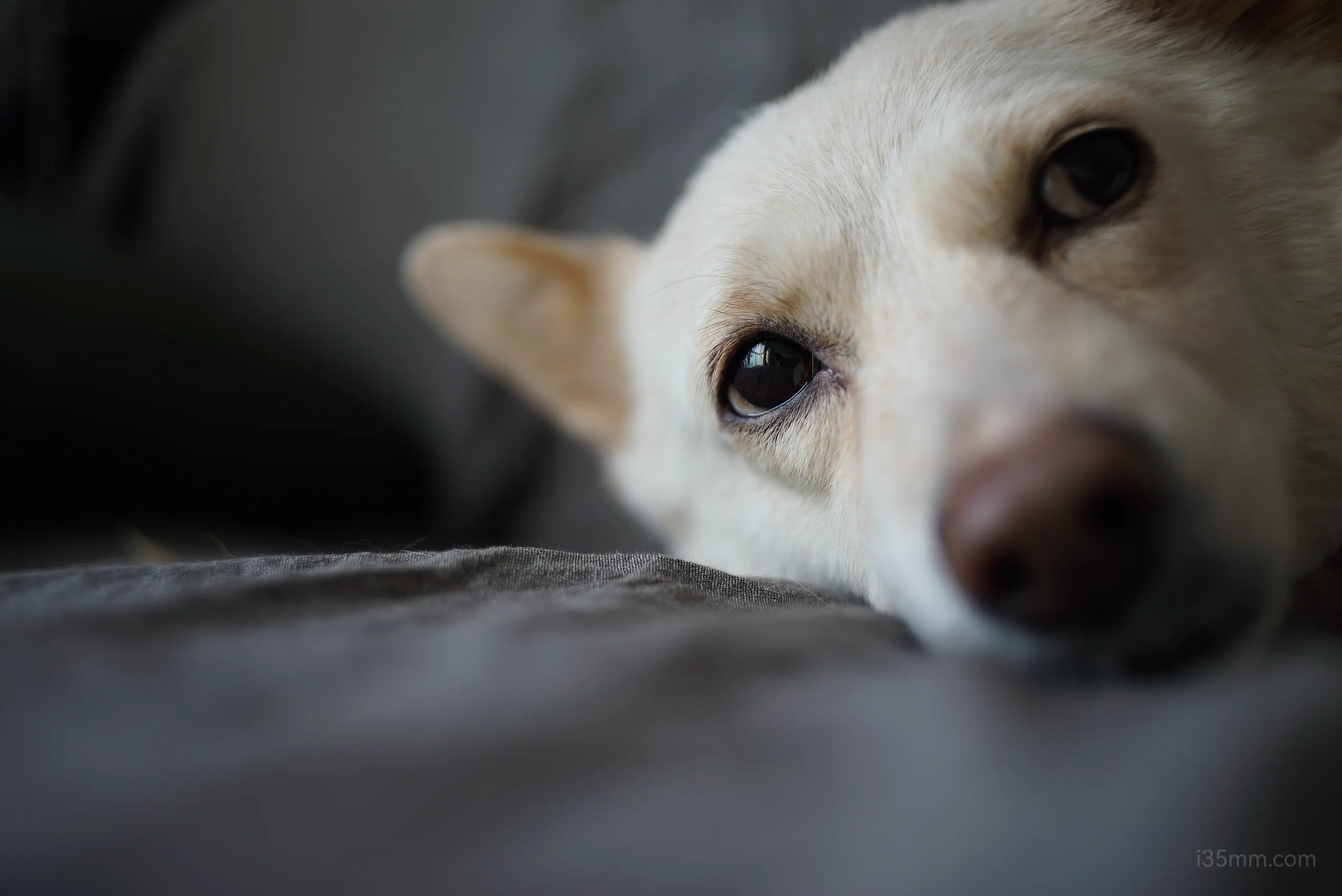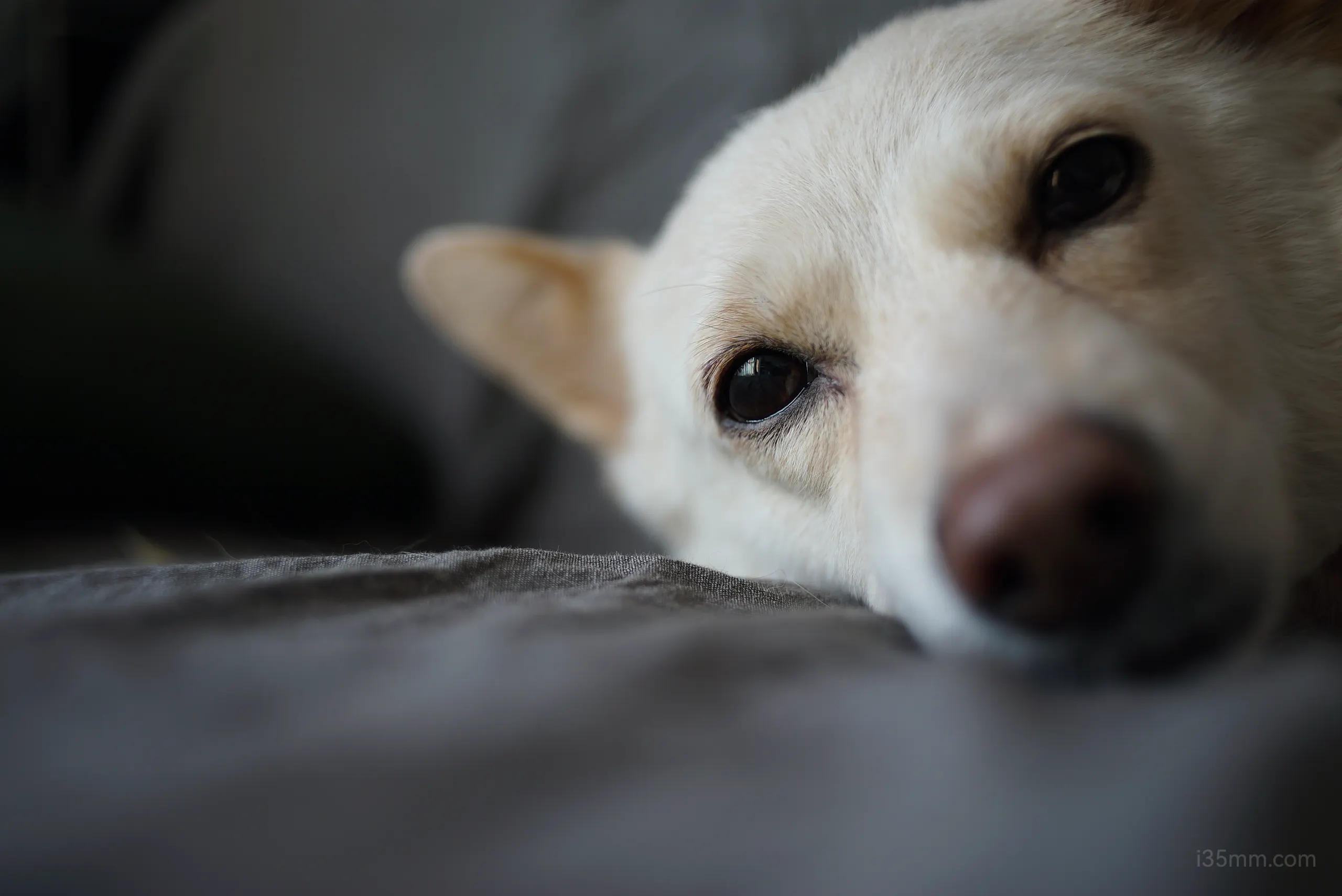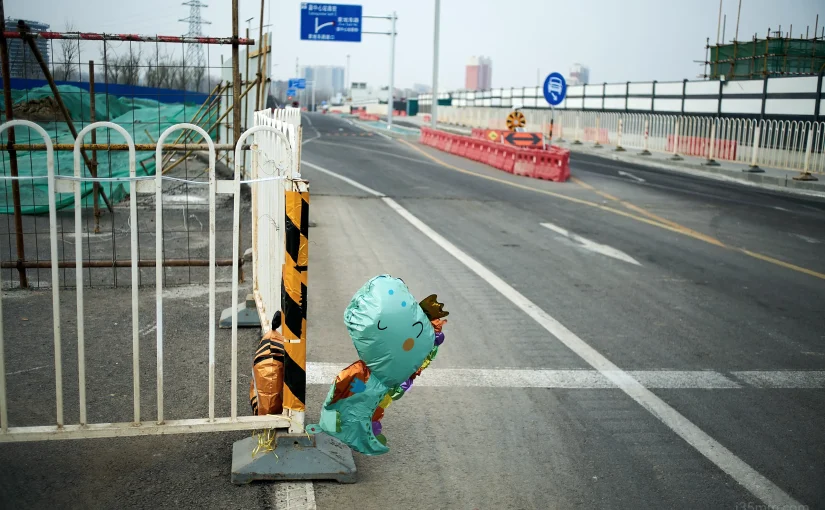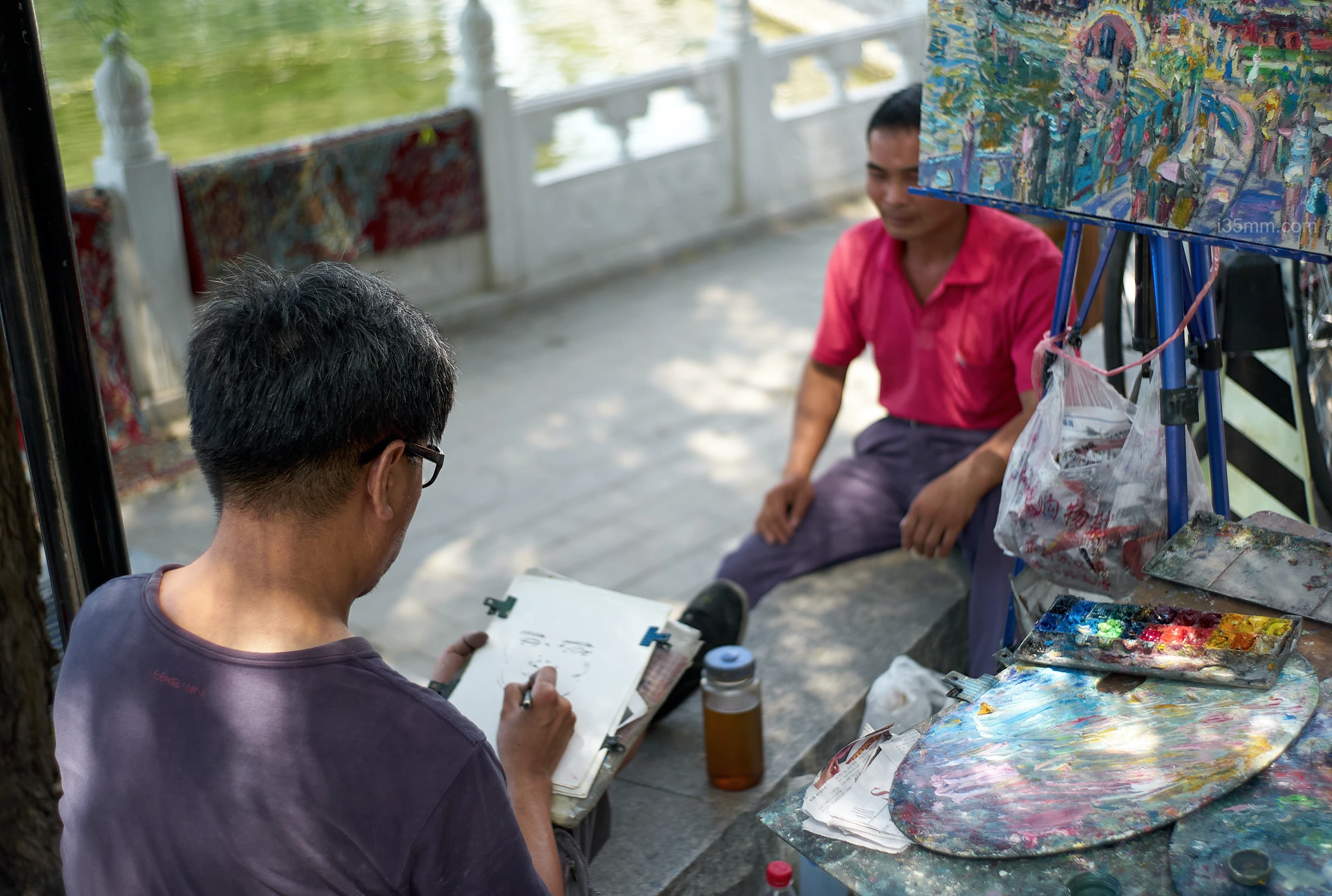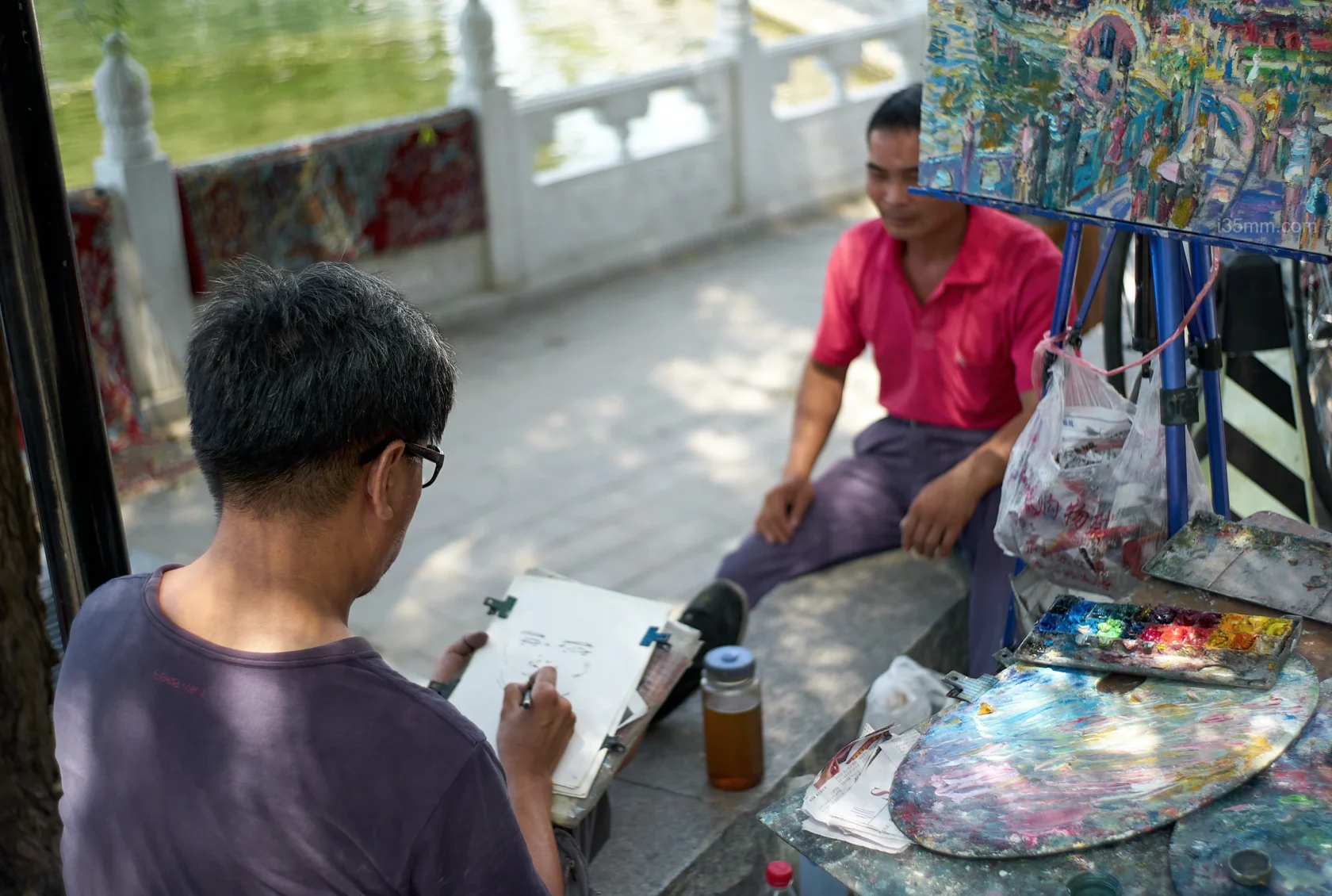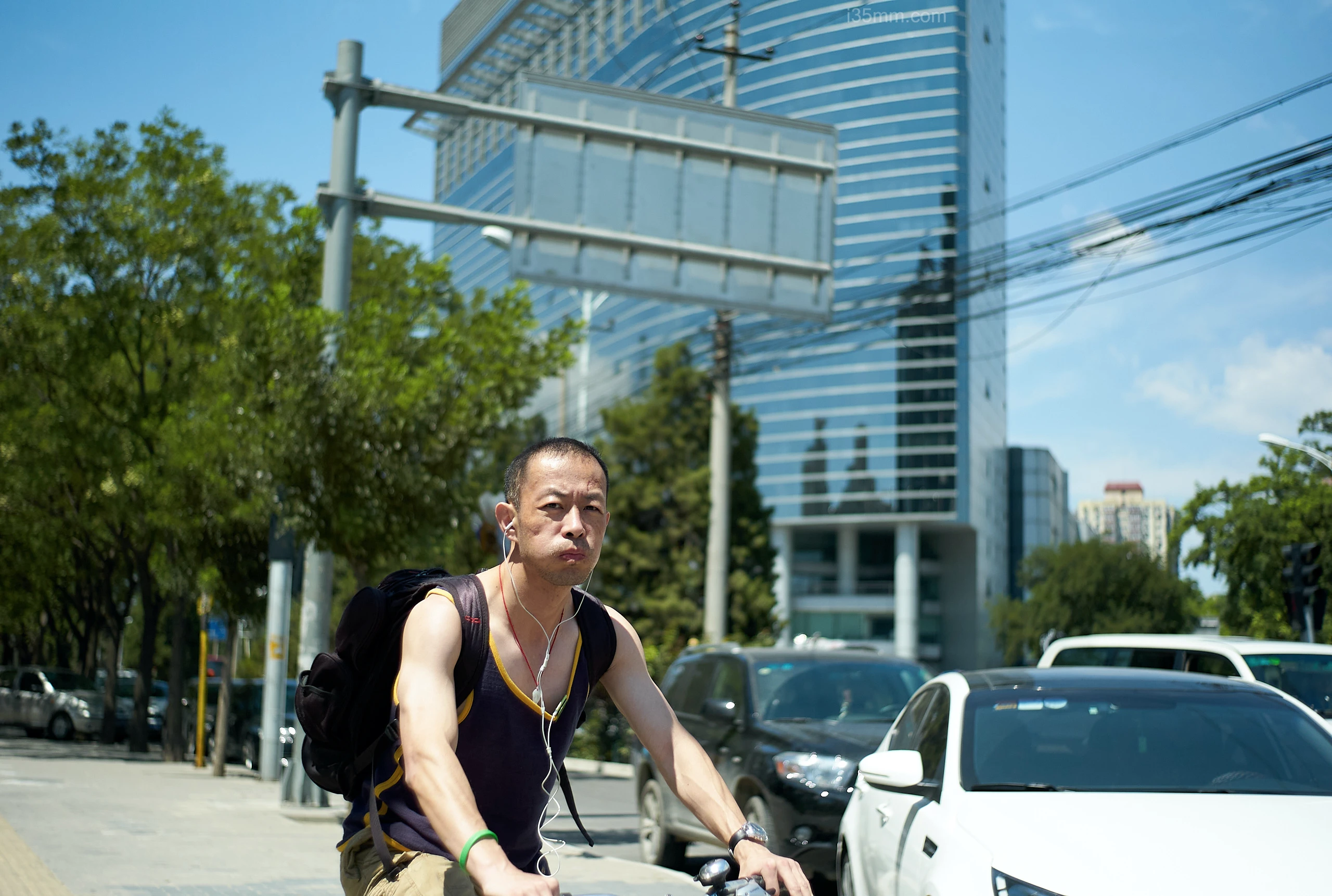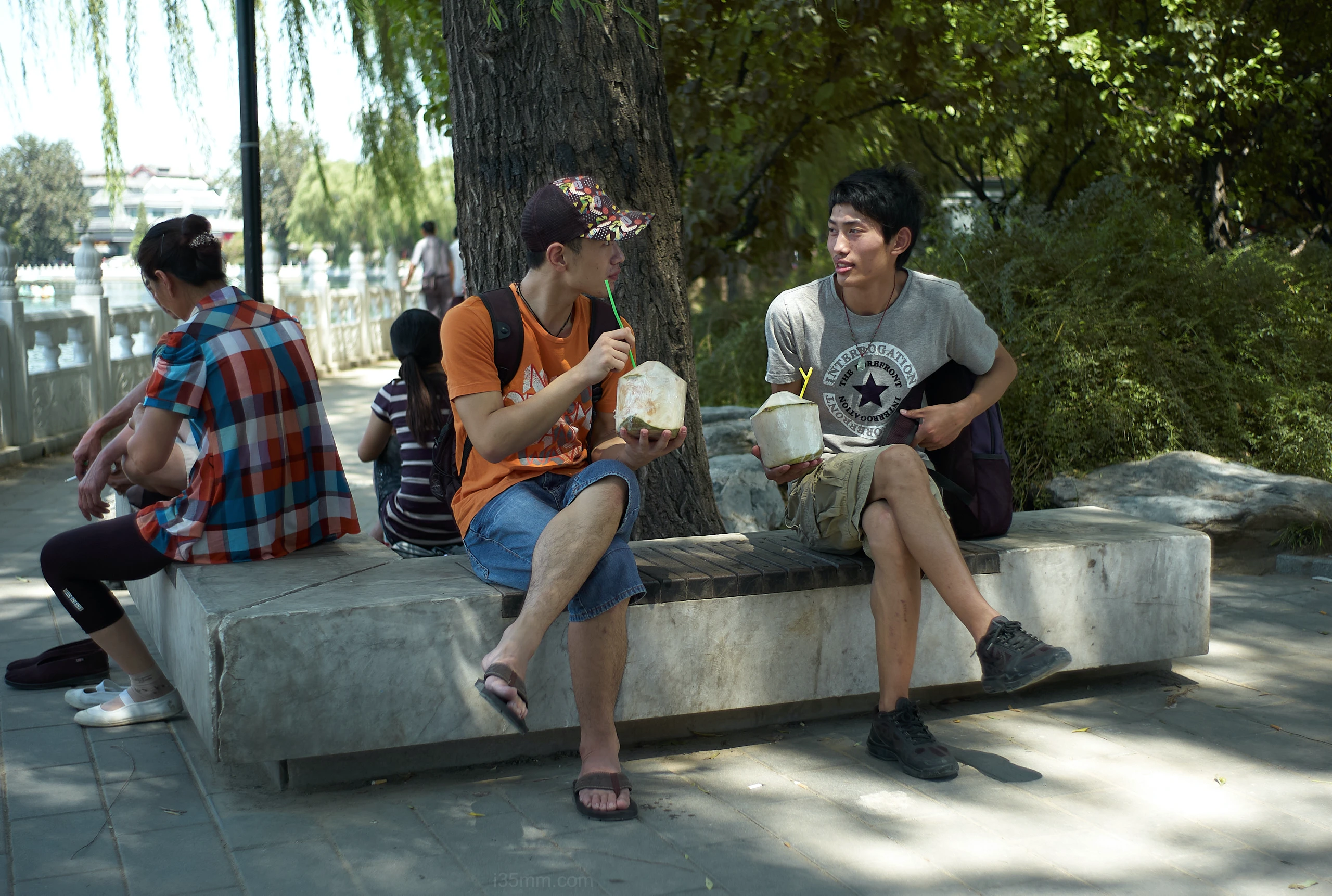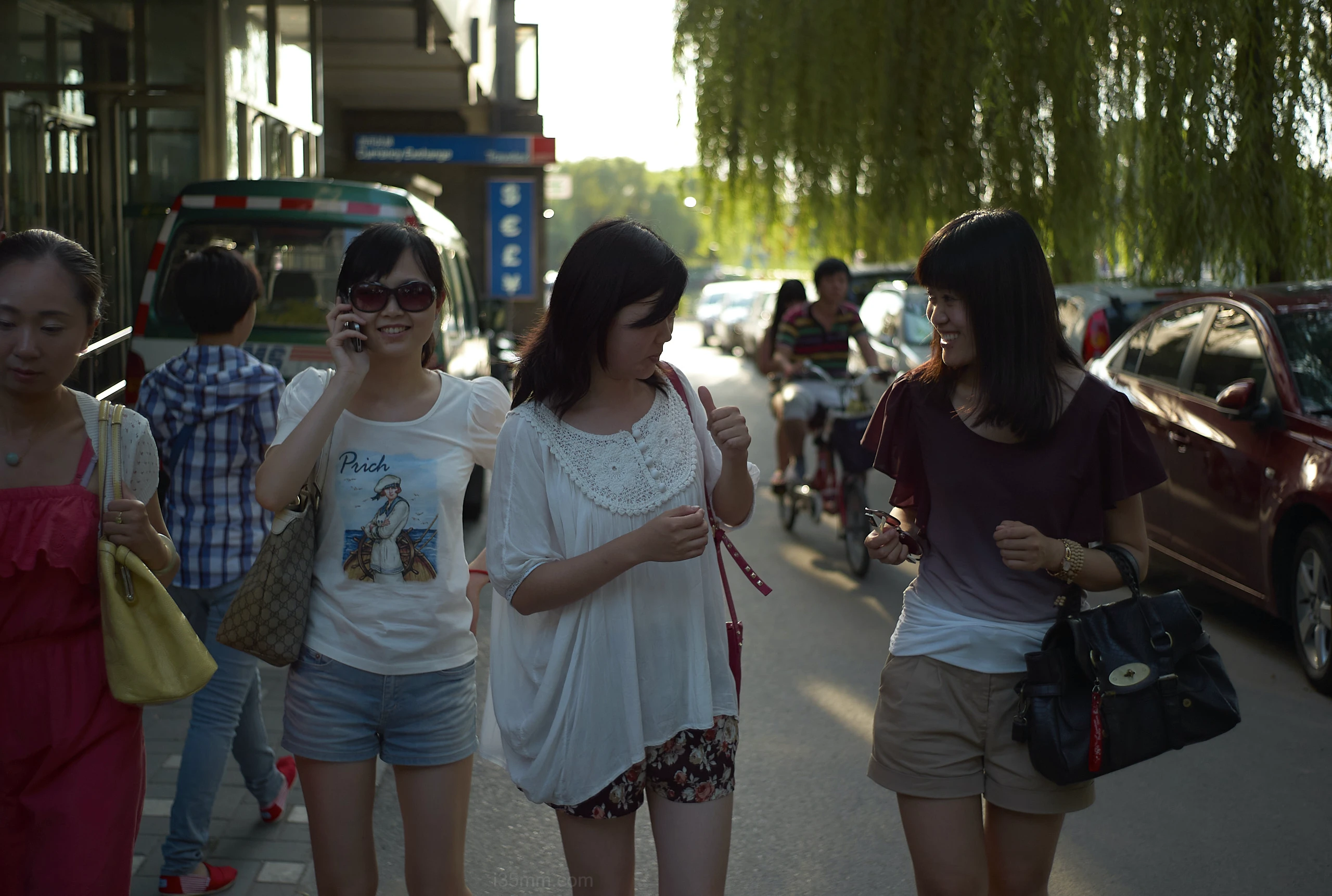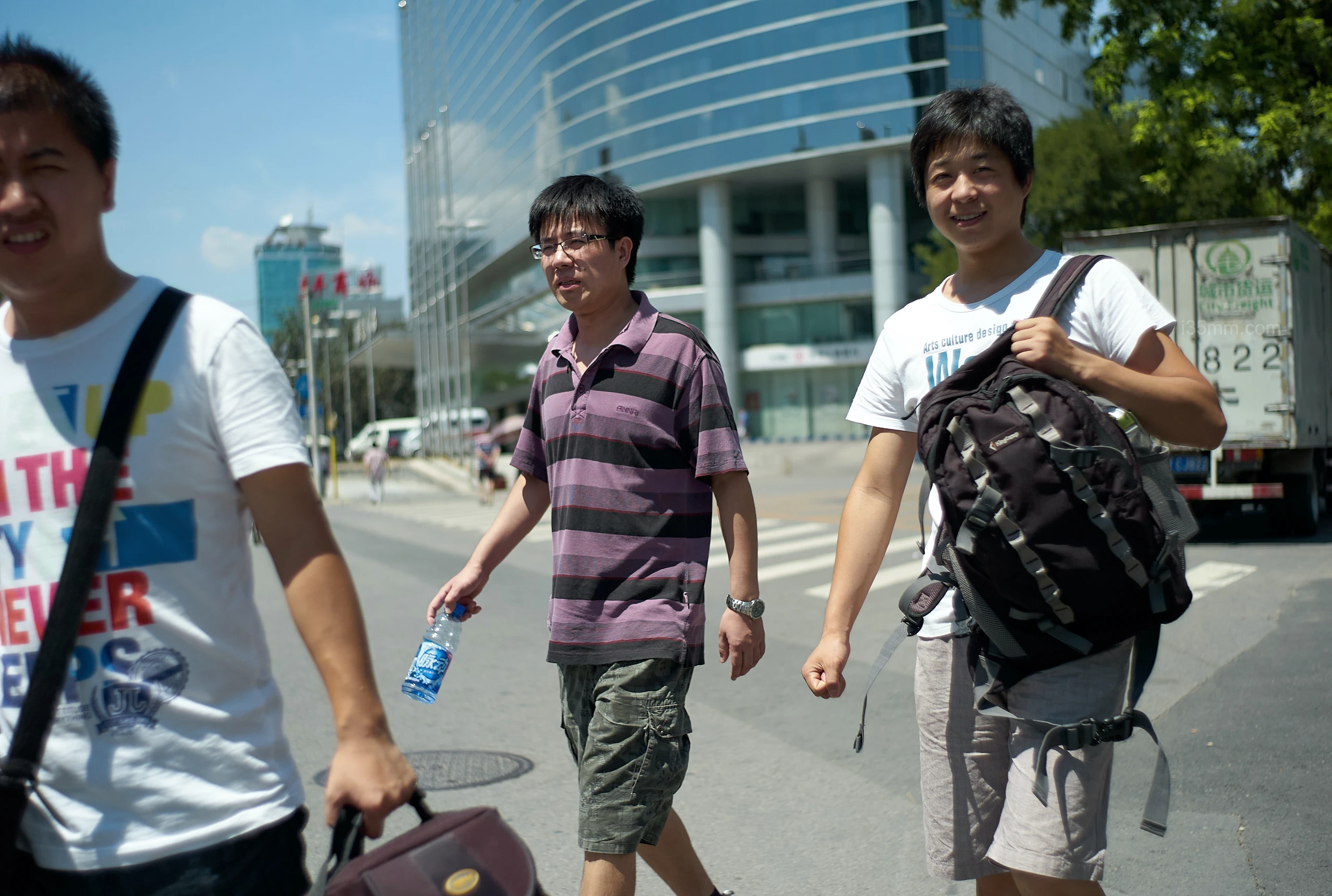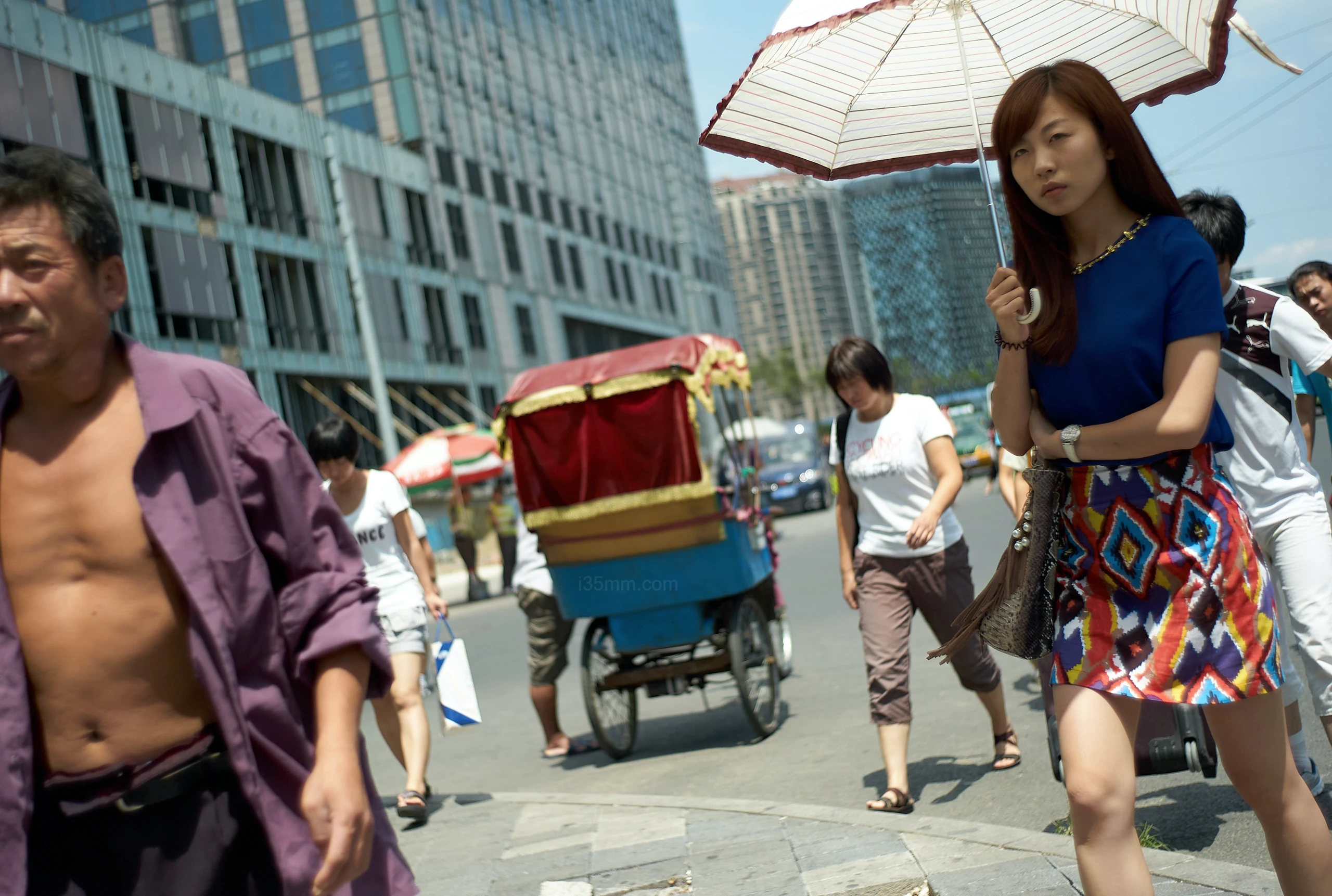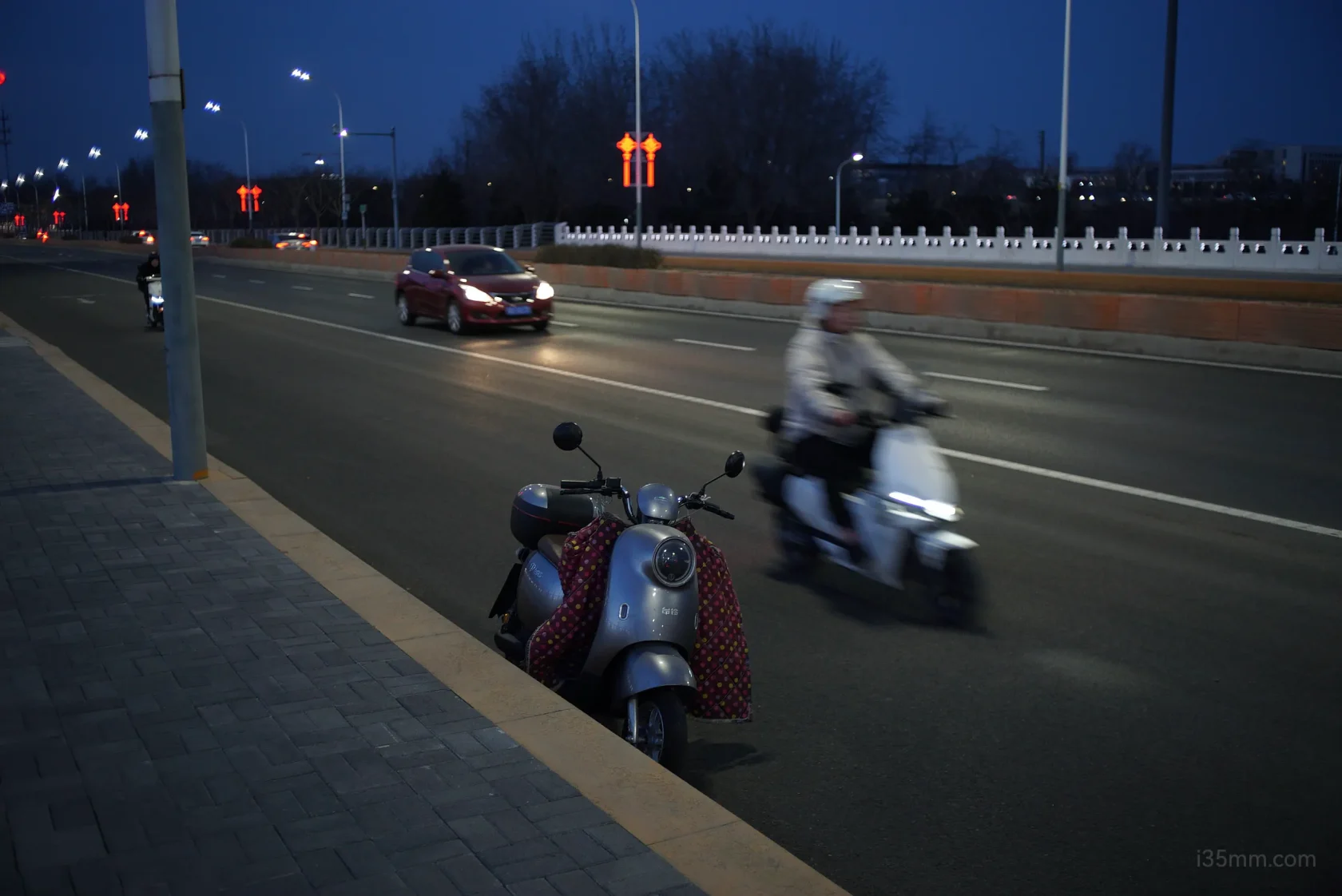
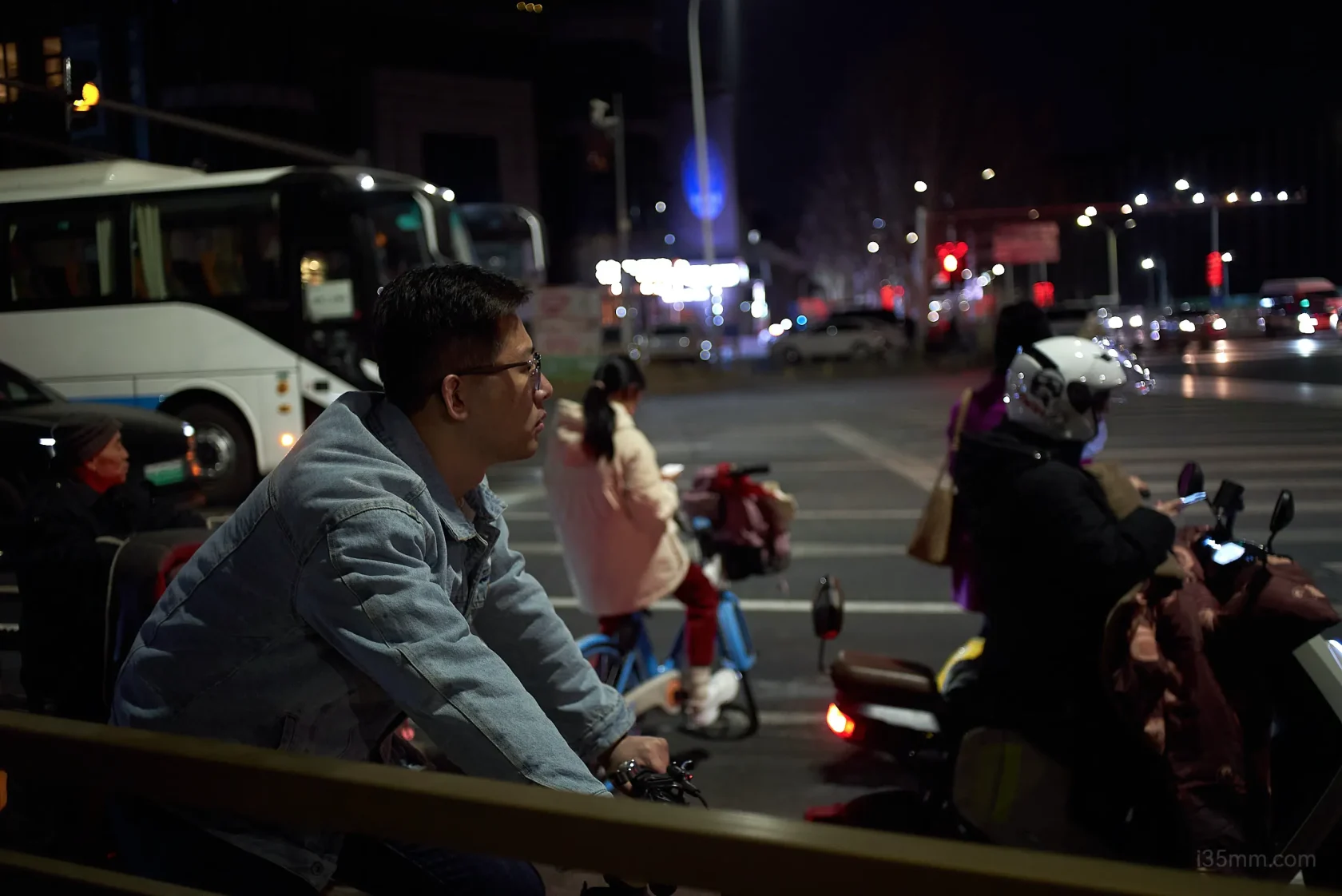
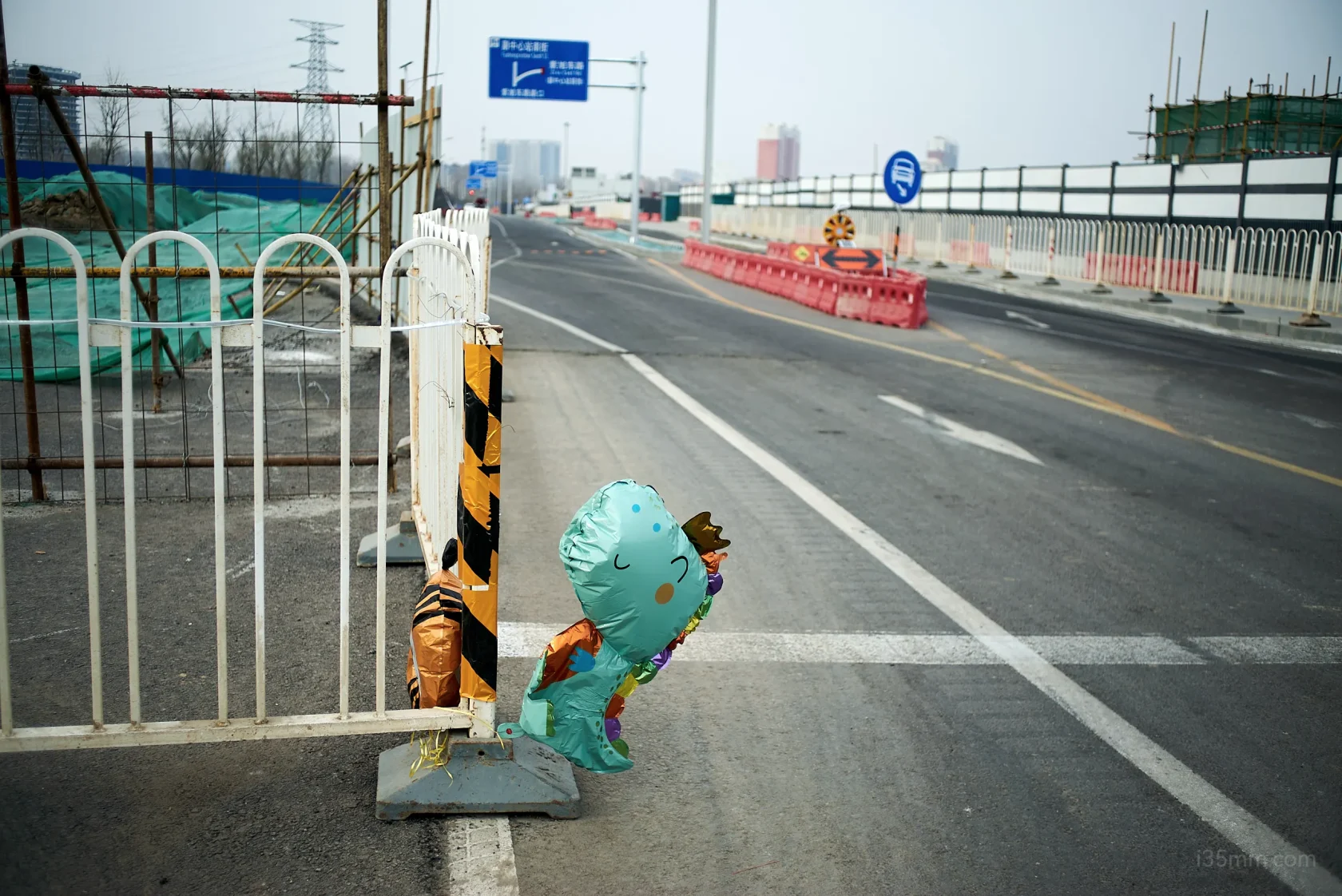
Hey there, I’m Little White, a clever pup who loves lounging on the couch and watching the world go by. Recently, my owner took me out for a sneaky stroll to the streets, and wow—what a treasure trove of photo opps! Tonight, I squinted out the window, streetlights twinkling, as the night turned those cyclists and motorbike riders into my very own “moving stars.” Check out that pic—folks zooming by on bikes and scooters, racing through the intersection like they’re late for the next big adventure… or maybe just trying to beat the traffic light! I couldn’t help but wonder—humans, with all that speed, would you need me to lick your bruises if you wipe out?
The real laugh, though, is that dinosaur balloon tied to the fence at the crossroad! It’s slouched over like it’s saying, “Hey, pup, I’m lazier than you—wind blows, and I just sway. Pretty cool, huh?” I stared at it, nearly cracking up—clearly the inflatable “roadblock star” is putting on a deep, thoughtful act. The cars whiz by like a shiny river, red and green lights flashing, while people hustle through life—some grinning, some frowning. I come and go here, watching them live, laugh, and worry, and it’s like I’ve picked up a bit of life’s meaning myself. Maybe tomorrow I’ll nudge my owner to get me a camera to snap these street “actors”—though, of course, the real star should be me!
